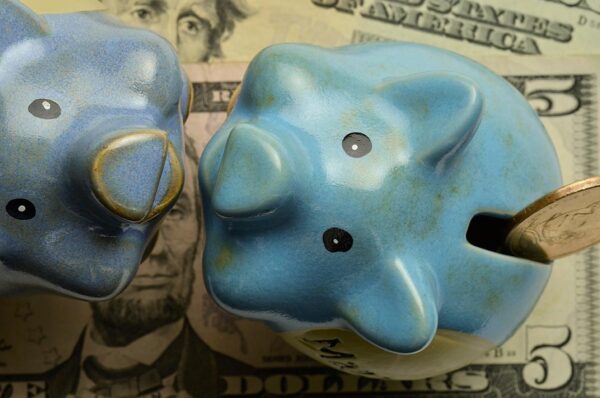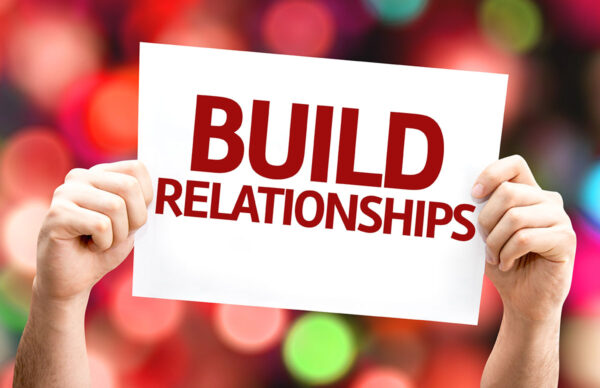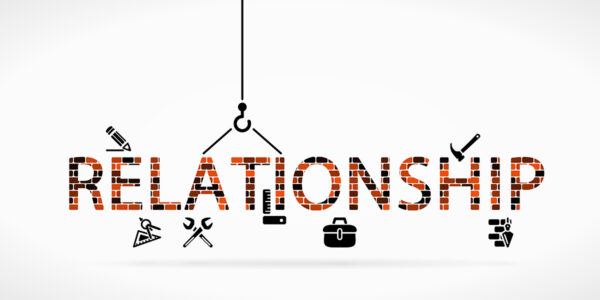We recently surveyed a group of small- to medium-sized nonprofits. We analyzed their fundraising programs and arrived at a startling conclusion:
7 out of 10 of the smaller nonprofits did not have a system to manage their most valuable donors.
The donors who were driving most of their revenue were being treated just like everyone else.
This means these organizations were not maximizing the opportunity they had with those donors. And organizationally their behavior was risky because there was so much revenue at stake.
Believe me, I get how this happens. When you’re a small nonprofit or a 1-person fundraising/development shop, it’s impossible to get to everything.
So Jim and I decided to do something about it. Yesterday we launched Major Gifts Engine, a 6-month program to help small organizations install a major donor management system, based on best-practices but customized for the organization.
If you’re interested, you can read more about it here. And it includes a link to get in touch.
But not every organization will be able to afford it because it costs real money to have an experienced major donor fundraiser help a nonprofit set up a repeatable major donor fundraising program, determine portfolio sizes, choose which donors go in the portfolios, and create giving goals for each donor.
So if your organization needs this, but can’t join, I want to encourage you to intentionally invest time and whatever resources you have into your major donor fundraising. (Investing in your organization’s major donor fundraising is one of the highest ROI activities a small organization can invest in.)
Here’s a simple exercise you can do in about 90-minutes’ time:
- Identify your top 10 donors by cumulative giving over the last three years.
- Hand-write and mail each donor a card that thanks them for their extraordinary generosity.
- Come up with 5 additional reasons to contact each donor between February and October. This could be things like forwarding them an exciting email with a note before the email goes to the rest of your donors, texting them a photo and short success story, hand-writing a note on their copy of your newsletter, you get it.
- For those donors, write down (that’s important!) the amount you’d like them to give for this year. As the year goes along, you’ll find yourself noticing things they could be funding, and your ask(s) to them will be stronger because of it.
You know that much of this blog is about copywriting and fundraising offers and all the things I love to talk about. I started out as a copywriter so I tend to believe that a good idea and great copy will change the world.
And that’s true. But it’s pretty obvious that a good idea and great copy don’t usually out-raise a major donor you have a good relationship with. And they almost never out-raise a group of major donors that you’ve invested in, kept for years, and lifted to higher and higher levels of giving.
So as you start this year, invest in your major donor fundraising. Whether that’s investing in a system like ours or an activity like the one above, you’ll raise more money and have a greater impact.










